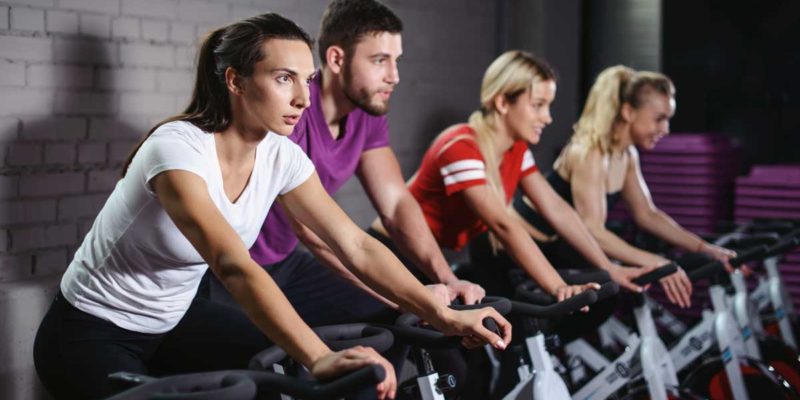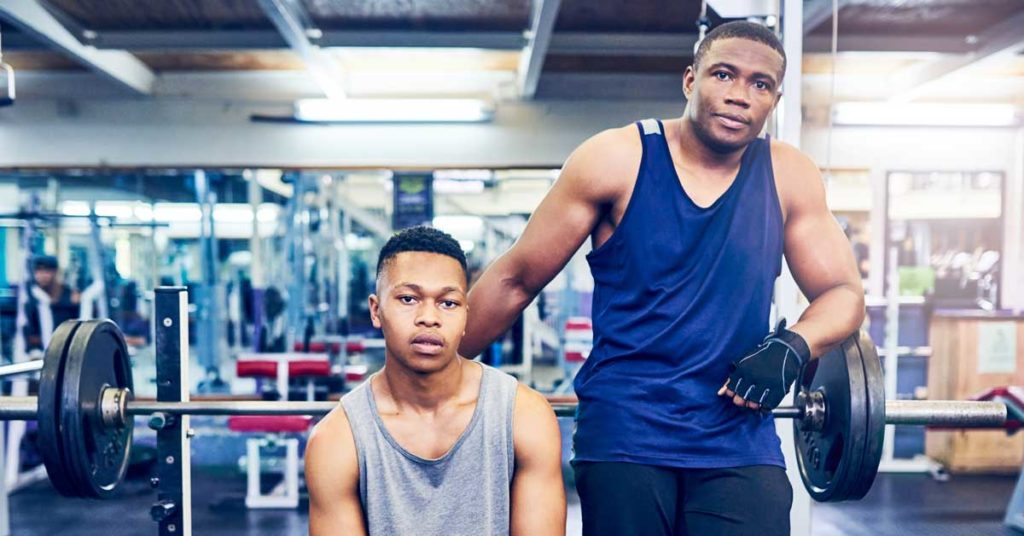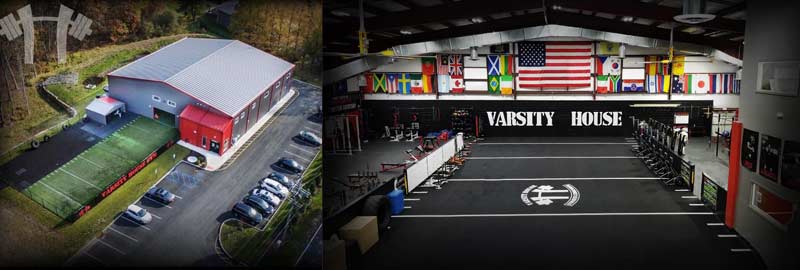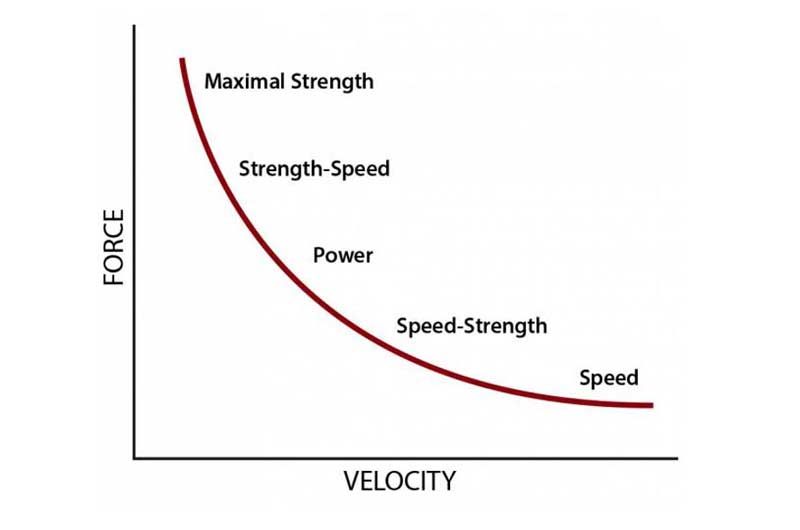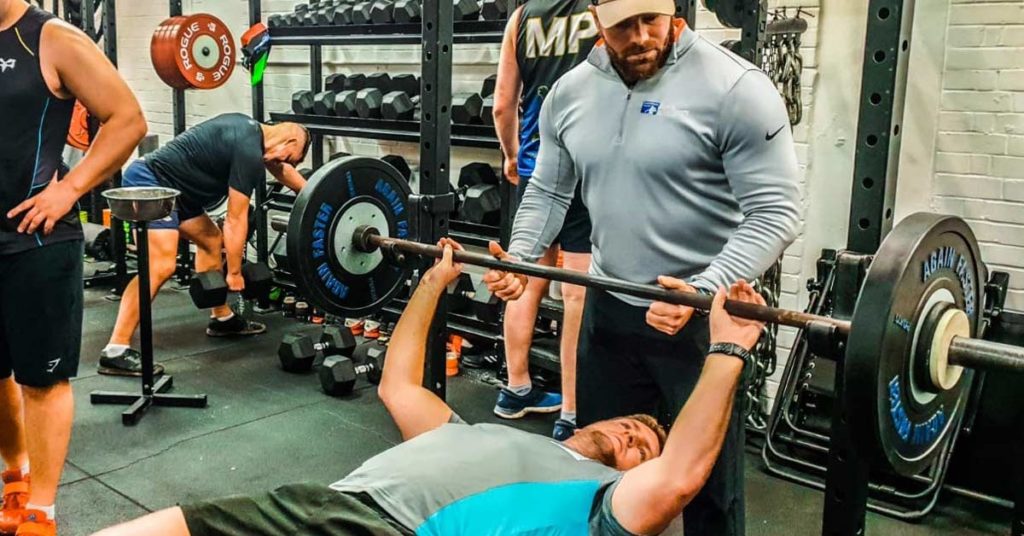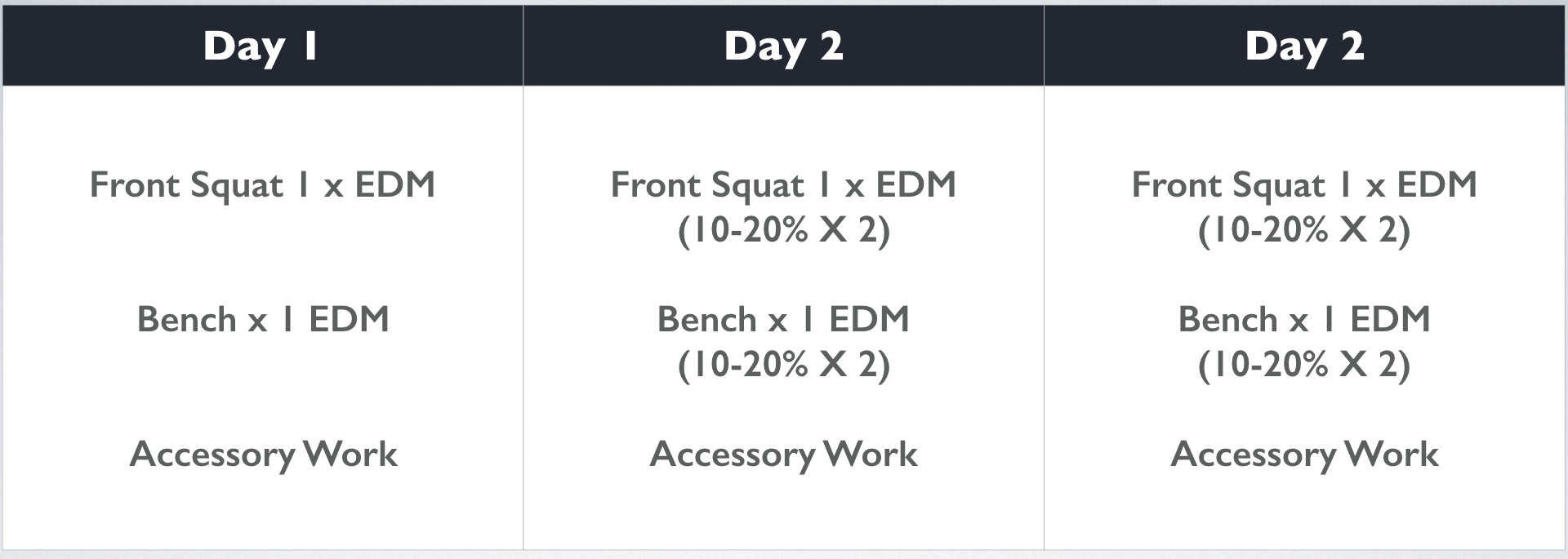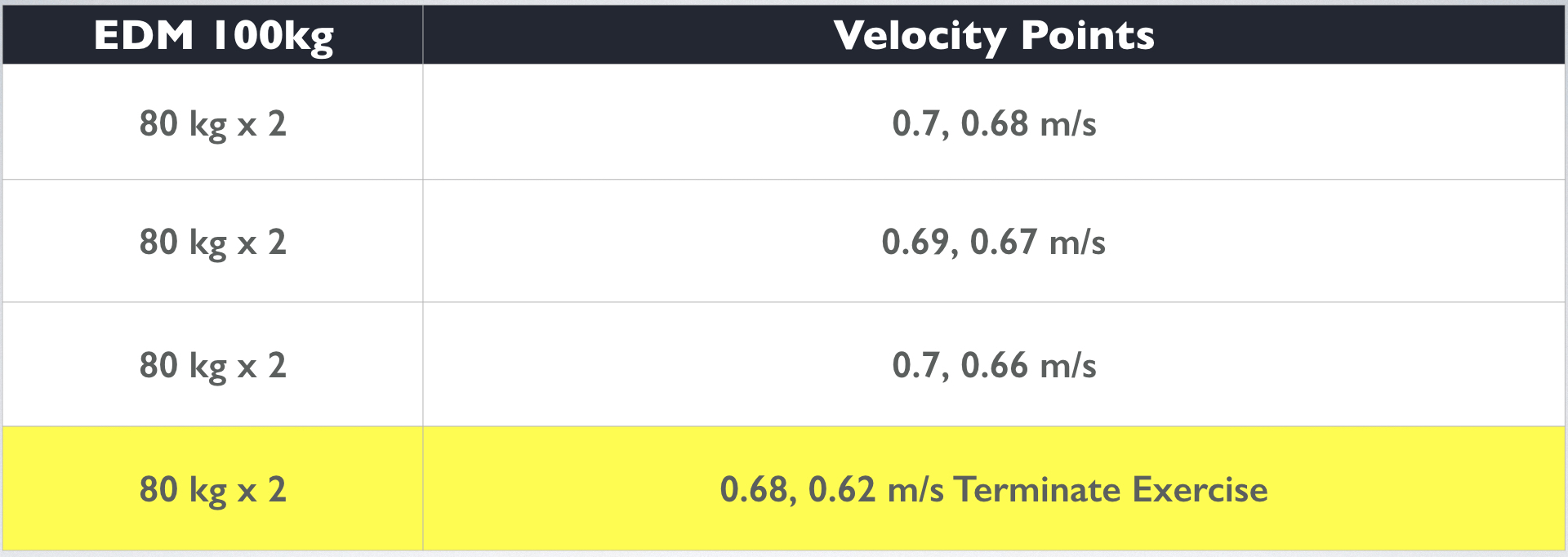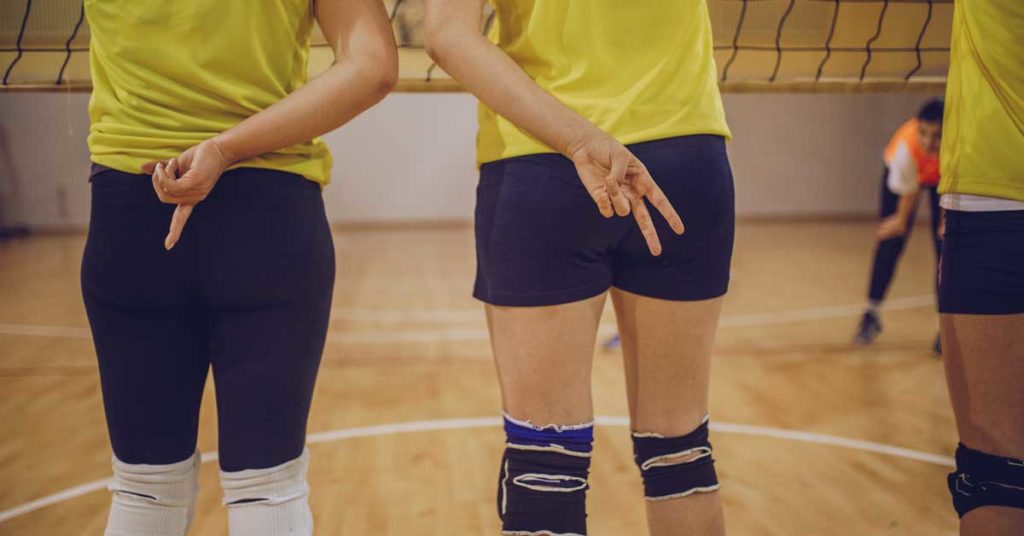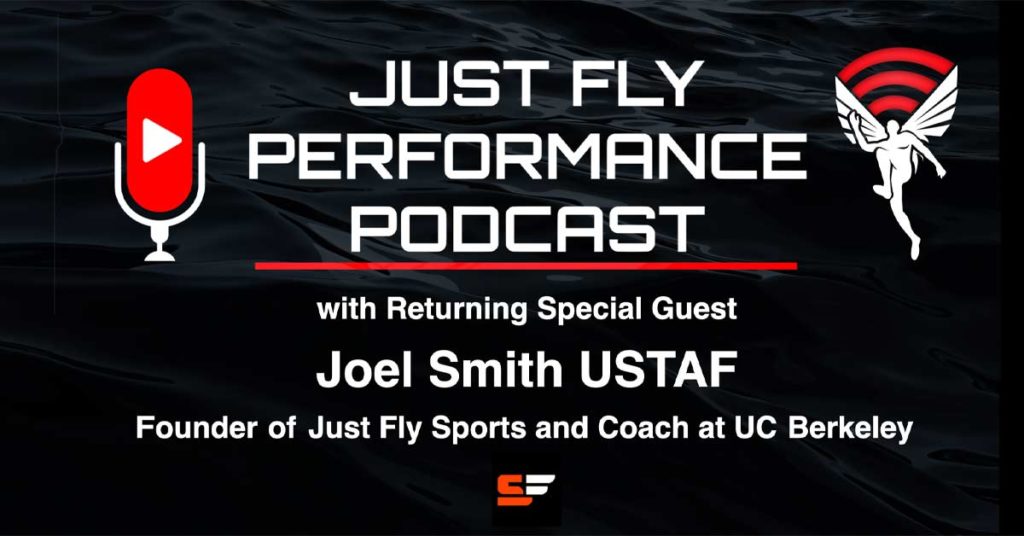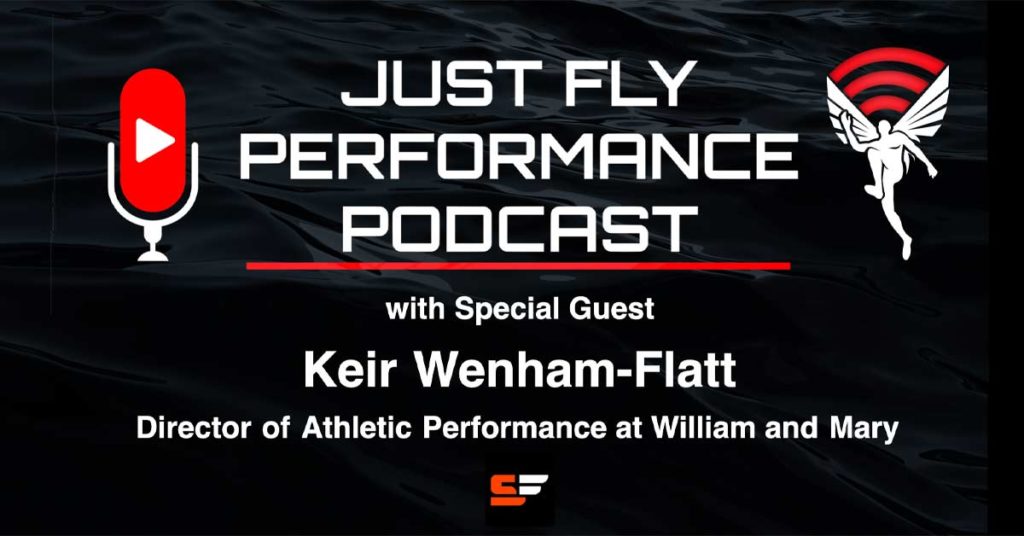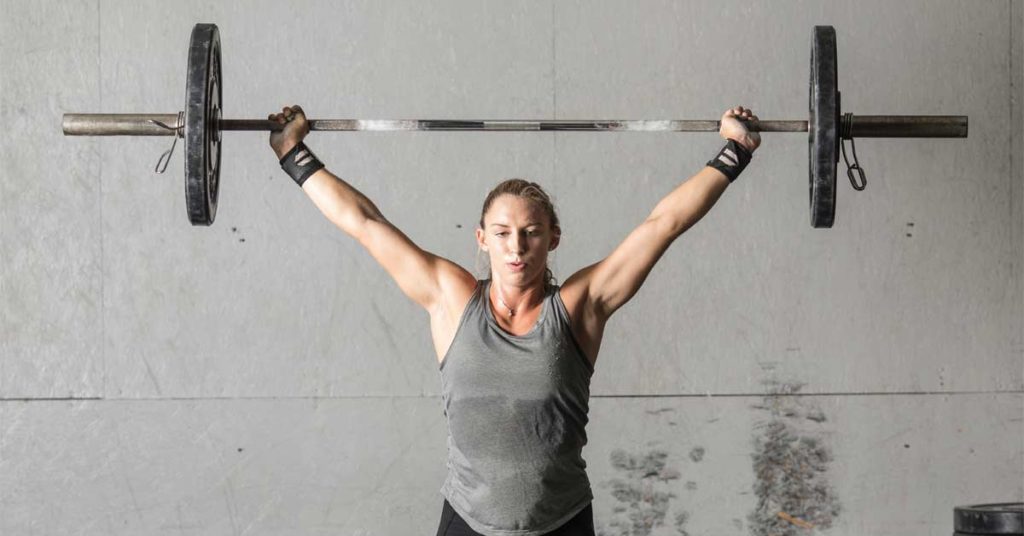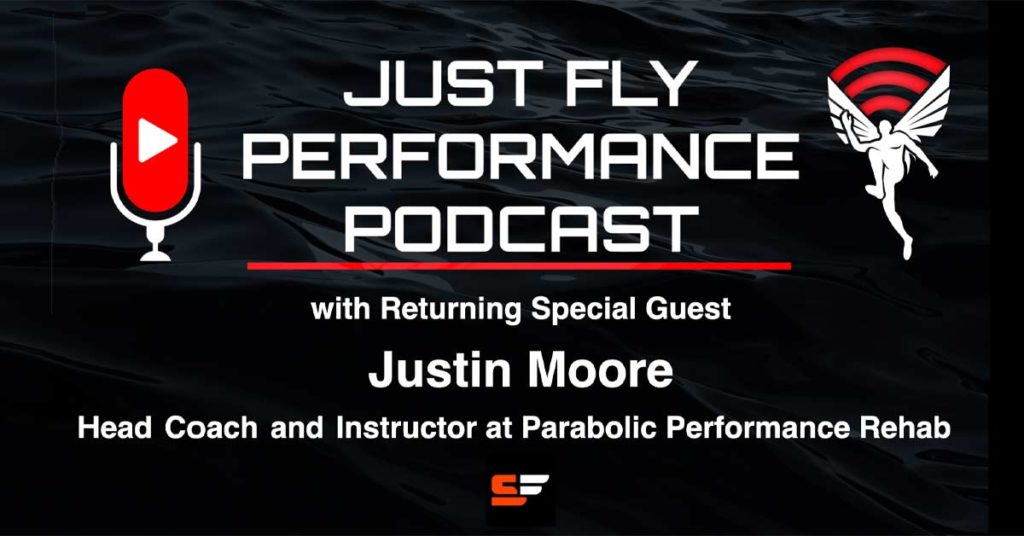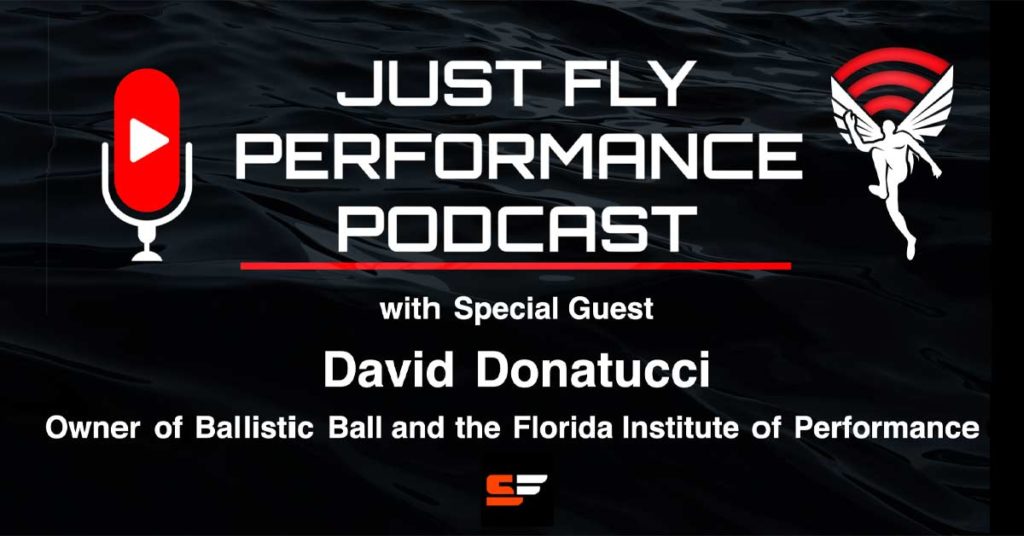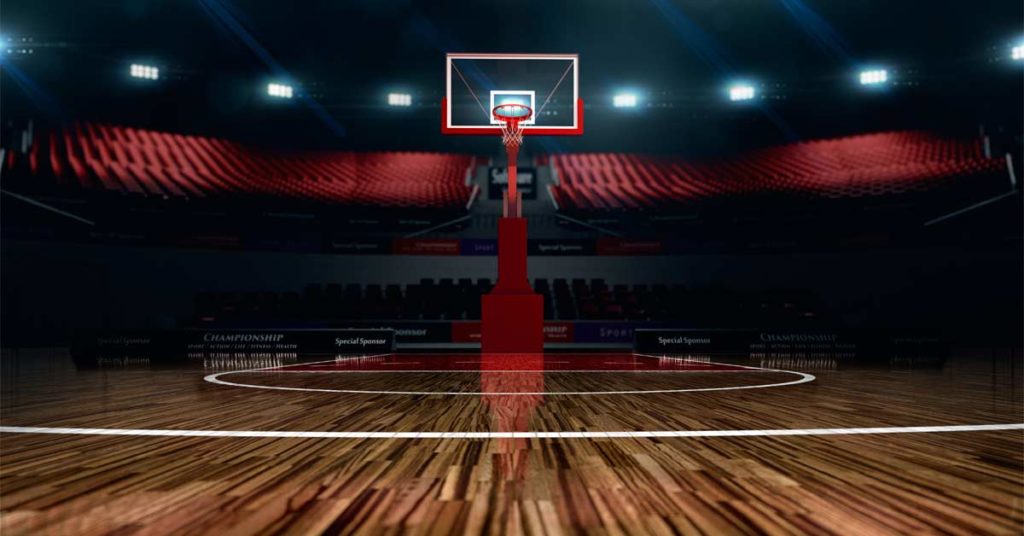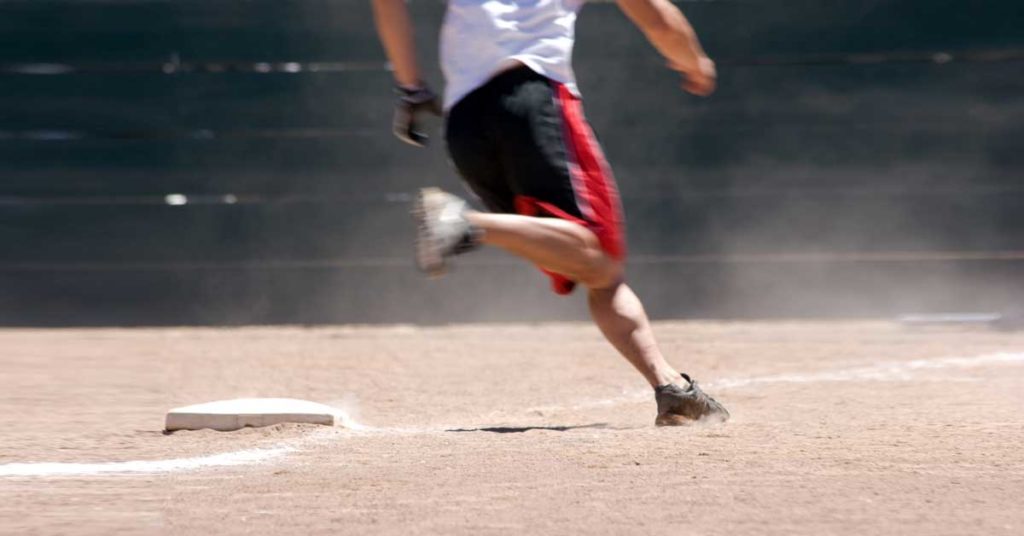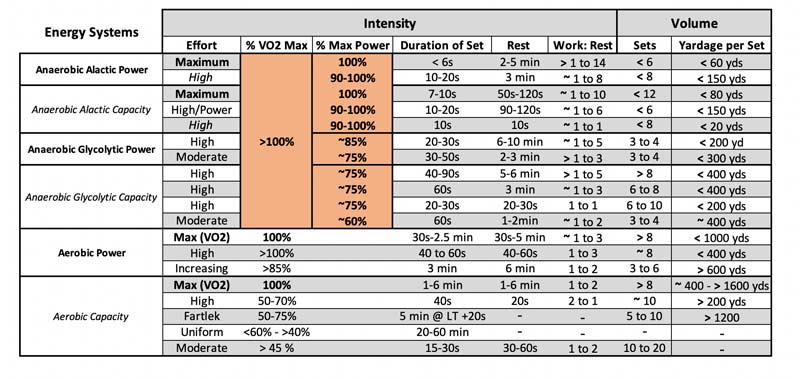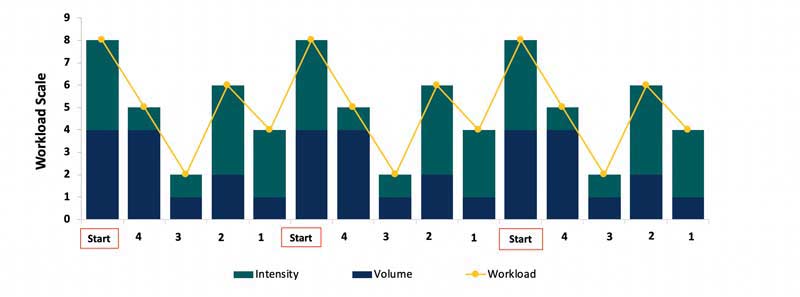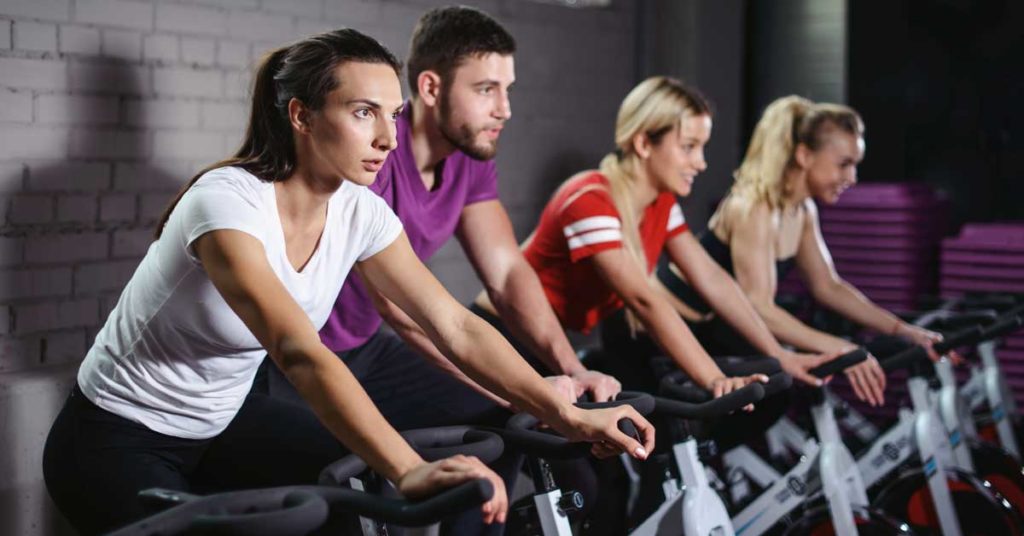
Recovery practices are a necessity in any well-planned program, but coaching them can often be incredibly hard. Sprinters want to get out and race, distance runners always have more gas in the tank, jumpers want one more jump, and throwers want to best their previous mark. As coaches, we have to admire their love for training. But we also have to be the person to say that’s enough, practice is over.
Coaches have a responsibility to educate their athletes on the importance of recovery. High intensity or high volume practices days before a competition do not prepare athletes for great performances. Without adequate recovery from their toughest workouts, athletes will continue to fall short of expectations. Athletic programming must create time and space for the central nervous system to recover after high intensity or high volume work.
From a coaching standpoint, I find recovery workouts challenging, too, because their reputation precedes them: the sessions are known for being either too easy or too short. If they’re too easy, athletes often disengage or give less effort than required. If they’re too short, athletes may not even bother to show up. The next day they might reconcile this decision by telling you that they had a lot of homework, and this may even be true—but it does not excuse skipping a recovery practice.
Before you judge young athletes for their values, it might be a worthier pursuit to first reflect on your practice designs.
Turning Less into More
If you expect athletes to do what you say because you’re their coach, I suggest taking a step back and rethinking your approach. Athletes are complex, multidimensional individuals—not just warm bodies. When you treat them as complex individuals, coaching gets easier, not harder. Coaching has always included your ability to develop athlete buy-in in addition to cultivating great performances. If you want to read more about how to develop buy-in from multidimensional athletes, Brett Bartholomew’s book Conscious Coaching is a good place to start. It was the first coaching book that challenged me to consider my own attitude, tone, and expectations.
Any coach can design an easier workout. That doesn’t mean their athletes will understand the value of reduction. To the young athlete, fewer drills, slower speed, or fewer attempts sound like worthless practice. We know that recovery isn’t worthless, but athletes may not understand our motivations or reasoning. When they ask for the first time, just tell them they won’t want to miss out. When they get really inquisitive, you can explain why doing less work on one day produces better results and higher quality on another. Coaching is and always has been an obligation to education—for athletes, for their families, and for ourselves.
With less work to get done in a recovery session, there's more opportunity to embed fun into training. Share on XI don’t view recovery as a limitation but instead as a liberation. With less work to get done, there’s more opportunity to embed fun into training. Whether your recovery session encompasses technique, flexibility, or fitness, you’ll never overcome too easy or too short unless your session is fun.
Here are ten engaging recovery workouts that I use.
1. Throw & Go!
For sprint recovery, instead of 6x200m at 75% pace, play Throw & Go on your school track. Give a pair of athletes a harmless foam ball. Instruct them to take turns throwing the ball and sprinting to retrieve it. Then they can throw for their partner, repeat the sprint. This is a great activity on a very windy day because lightweight balls will roll all over the place. Just remember to wear proper clothing for a windy day, and don’t let the throwers practice that day! Sprints should be paced appropriately for recovery.
2. Calisthenics Hide & Seek
Why not embed a calisthenics strength circuit into a game of walking Hide & Seek within your school building? It’s different and oddly fun. Split your team into halves. Seekers should complete two circuits while their teammates hide; when found, all athletes complete two more circuits and the roles switch. You can iron out the finer details based on the space available or create your own variations. You can use isometric or plyometric exercises for the circuit as well.
3. Shotty Hoopla
For a thrower’s technical recovery session, spread hula hoops on the ground at moderate distances and assign point values to each hoop. Let your throwers compete for points, not the farthest throw. This game will support their coordination and reduce stress. I suggest limiting the number of throws taken in a single round. Again, you can change the rules however you think meets the needs of your athletes—just be mindful that your hula hoops will get a bit beat up.
4. Formation Running
Formation running is a great way to support your distance runners with strategy for a cross country race or the 3k. Identify a few shapes, like an arrow, circle, or square, and have your distance runners make these formations while they go on a long slow run. Silly formations are welcome, too. Coordinated formations are a great way to box out the best opponents in the early part of a race. If it can be done at slower paces, it should be possible at race pace as well. Formation running has both aerobic and strategic value.
5. Normal Yoga or Silly Yoga
Host a yoga session—you can find plenty of instructional videos on YouTube, or maybe your school has a certified instructor on staff. Use whatever resources are available. Yoga de-stresses and offers athletes an opportunity to test their limits safely. If you want to make it more interesting, do yoga with funny faces. Adolescent athletes will inevitably laugh at their own inflexibility. Let the first athlete who laughs take over leading the session until the next person laughs. For silly yoga, I suggest establishing the rules ahead of time; otherwise, it might seem punitive, which is not the intention.
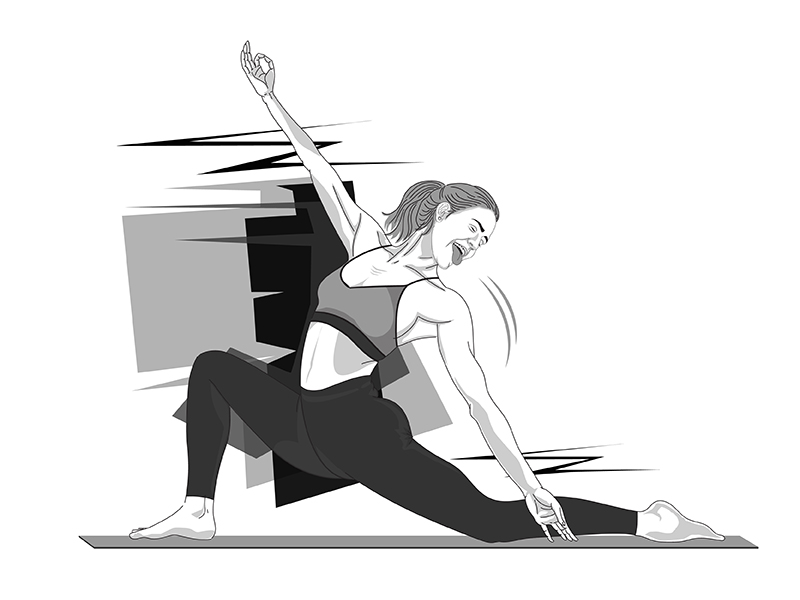
6. Cycle TV
If you have the space and the equipment, put everyone on a 20-minute easy bike ride in your fitness center and show them your favorite distance race from a previous World Championships or Olympic Games. Show your athletes any of your favorite athletic performances.
7. Isometric Connect Four
Play Connect Four with isometric holds, like wall-sits, planks, or kettlebell carries. Split your athletes up into two teams and set the time to 60 seconds initially. For kettlebell carries, begin with 30 meters. Add time or distance for each subsequent set. If someone loses their hold or drops the weight, they do not place a piece on the Connect Four board. Play until one team wins!
8. Tag (or any variation)
For a sprint recovery practice, play tag or any of its variations. I like Everybody’s It or walking tag. We always forget how fun tag is until we play it again, and you only need 10-15 minutes total.
9. Cone-Flipping Game
Scatter plastic cones across an open space, like a multi-purpose classroom or a field. Turn half of them upside-down. Assign upside-down to one athlete and right-side-up to another athlete. Give them three minutes to see who can orient more cones according to their assignment. You can do this with as few as two or as many as six athletes. Be careful to avoid knocking heads.
10. Bridges Run
Send your athletes on a long, slow run. They can’t return until they’ve crossed ten bridges in the local area. If that’s too challenging, then reduce the number of bridges, or change the task. Collect a leaf from five different tree species, get a drink from five public water fountains in the park where you run, etc. Whatever task you assign, make sure they can do it in a reasonable amount of time.
Every Sport Requires Recovery
These workouts apply to other sports, too. I’ve seen too many basketball and soccer teams flop on the big day—my own soccer team included—because they didn’t know how to back off and plan rest into their schedule. Recovery workouts provide an opportunity for athletes to access techniques without burning out their CNS or surpassing their minimum effective volume.
By now, I hope it’s clear how many possibilities are available to increase engagement among your athletes on the days that used to be a drag. Whether your recovery session encompasses technique, flexibility, or fitness, you’ll never overcome too easy or too short unless your session is fun. Track and Field, though we love it, isn’t always the most exciting day to day. Fun practices build buy-in and keep athletes on the path to better performances.
Fun recovery practices build buy-in and keep athletes on the path to better performances. Share on XIn “Fun and Games? Myths Surrounding the Role of Youth Sports in Developing Olympic Champions,” Daniel Gould and Sarah Carson state that “children need coaches who are trained to be positive and encouraging” because “young athletes who play for such positive and encouraging coaches” demonstrate “higher motivation, enhanced self-esteem, lower anxiety, and lower dropout rates than children who play for coaches without these qualities.” As our training theories emerge from the dark ages of pushing through fatigue, we must adapt our practices to emphasize the athlete’s experience. Gould and Carson make our mandate pretty clear. The greatest thing a coach can transfer to their athletes is not success in performance: it is love of sport. Everything else falls out of that.
My new programmatic feature for recovery day is fun. What’s yours?
Since you’re here…
…we have a small favor to ask. More people are reading SimpliFaster than ever, and each week we bring you compelling content from coaches, sport scientists, and physiotherapists who are devoted to building better athletes. Please take a moment to share the articles on social media, engage the authors with questions and comments below, and link to articles when appropriate if you have a blog or participate on forums of related topics. — SF
References
Daniel Gould and Sarah Carson, “Fun and Games? Myths Surrounding the Role of Youth Sports in Developing Olympic Champions,” Youth Studies Australia 23, no.1 (2004).
